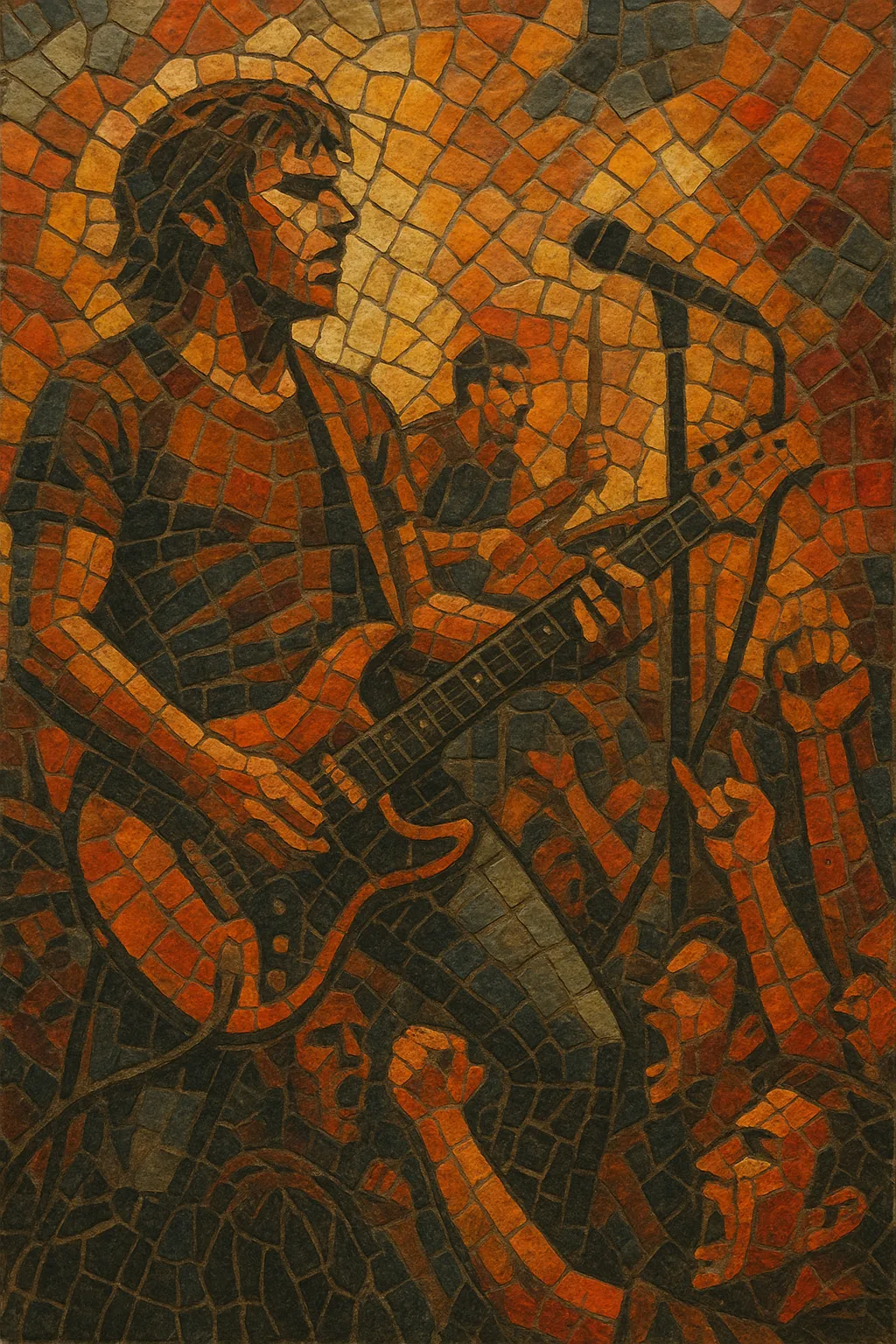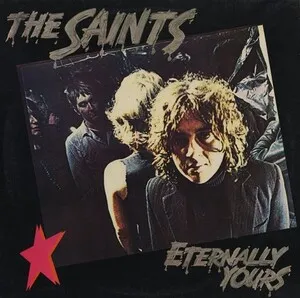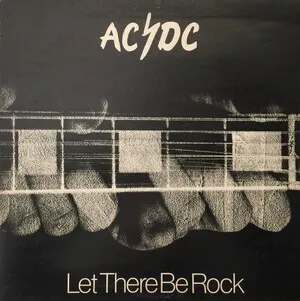Aussie pub rock is a loud, guitar-driven strain of rock that grew out of Australia’s hotel and pub circuit in the mid-1970s and exploded nationally through the 1980s. It emphasizes powerful riffs, a tight 4/4 backbeat, and big, shout-along choruses designed to cut through the noise of packed, often rowdy rooms.
Rooted in blues rock and hard rock, the style champions a bar-band ethos: raw, energetic performances; minimal studio gloss; and songs that connect quickly with working-class audiences. Lyrically it ranges from everyday Australian life and mateship to trenchant social and political commentary. Its sound and performance culture helped define a distinctly Australian rock identity and produced enduring stadium-sized anthems.
Australia’s hotel and beer-garden circuit blossomed in the 1970s, creating a self-sustaining live ecosystem where bands gigged relentlessly. Drawing on blues rock, boogie rock, and straight-ahead hard rock, acts adapted their sound to be louder, punchier, and immediately engaging—music built to win over boisterous pub crowds.
As the touring pub network expanded across states, so did the genre’s profile. Bands like AC/DC, Cold Chisel, The Angels, Rose Tattoo, and Skyhooks forged a rugged, riff-forward style with big hooks and conversational, distinctly Australian lyrics. Radio and TV (notably Countdown) helped turn pub-tested songs into national hits, while relentless touring forged a strong live reputation.
Aussie pub rock became a cultural signifier—songs about suburbs, work, mateship, and the landscape resonated widely. Groups like Midnight Oil brought sharper political focus to the stage, while others stayed rooted in cathartic, good-time rock. Some bands (AC/DC, INXS) crossed over internationally, carrying elements of the pub rock sensibility to arenas and global charts.
By the 1990s the classic pub circuit had contracted, but its influence endured in Australia’s rock DNA: a premium on live energy, crowd participation, and unpretentious songwriting. The genre’s sound and ethos informed subsequent waves of Australian indie and rock acts and continues to shape local live culture and national rock identity.


%20Stranded%2C%20Cover%20art.webp)





